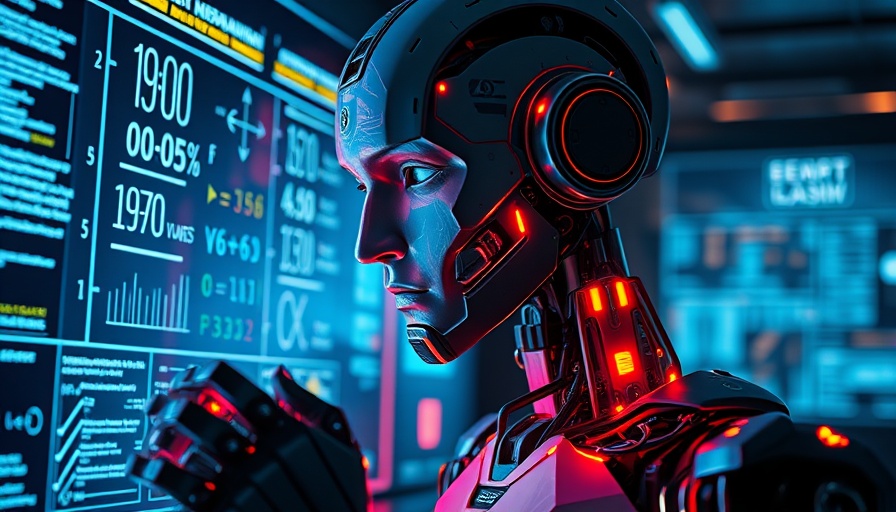
Understanding the Leap: AI's Language Comprehension Evolution
A recent study in JSTAT has unveiled a momentous shift in how artificial intelligence systems, particularly neural networks, comprehend language. Initially, these systems treat sentences like puzzles, focusing on the arrangement of words. However, as they digest more data, a fascinating transition takes place where they start to understand the meanings behind those words. This discovery not only elucidates AI's inner workings but also hints at the future of AI technology, suggesting potential pathways for creating models that are not only smarter but also leaner and safer.
The Phase Transition Analogy: AI's Learning Process
The phenomenon observed during AI training mirrors a physical 'phase transition'—the moment when water turns to steam. Earlier stages of neural network training involve treating the positions of words as vital clues. For example, in a sentence like "Mary eats the apple," the network initially learns from the word order to deduce the roles of various elements before switching gears to focus on the semantics. This shift underscores a pivotal moment in AI's journey of comprehension, opening an exciting frontier for future technology developments.
Broader Implications: What Does This Mean for Future AI?
This groundbreaking research sheds light on how we can elevate AI's capabilities. Knowing that AI models can potentially learn more efficiently—transitioning from syntax to semantics—might drive innovations in next-gen tech. As AI becomes more adept, industries reliant on understanding human language, such as health tech and customer service, may see transformative enhancements. With AI technology trends evolving rapidly, the landscape of communication and interaction—between machines and humans—may soon shift dramatically, paving the way for promising applications across sectors.
Actionable Insights: Navigating the AI Revolution
For tech enthusiasts and industry professionals, it’s essential to stay updated on these AI breakthroughs. As neural networks enhance their language understanding capabilities, businesses should consider how emerging tech trends could impact their operations. By embracing these advancements, innovators can not only improve efficiency but also create AI-powered technologies that align more closely with user needs, thus optimizing customer experiences.
Conclusion: Embracing the Future of AI
As we immerse ourselves deeper into the era of artificial intelligence, understanding these nuances becomes increasingly vital. The study emphasizes that by focusing on meaning rather than mere word order, we are not just witnesses to a technological evolution but participants in shaping its future.
With this knowledge, let's engage with the emerging technologies that are redefining our world, ensuring we remain at the forefront of this exciting journey.
 Add Row
Add Row  Add
Add 




Write A Comment